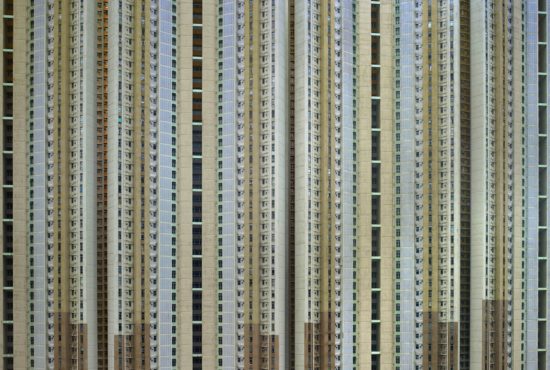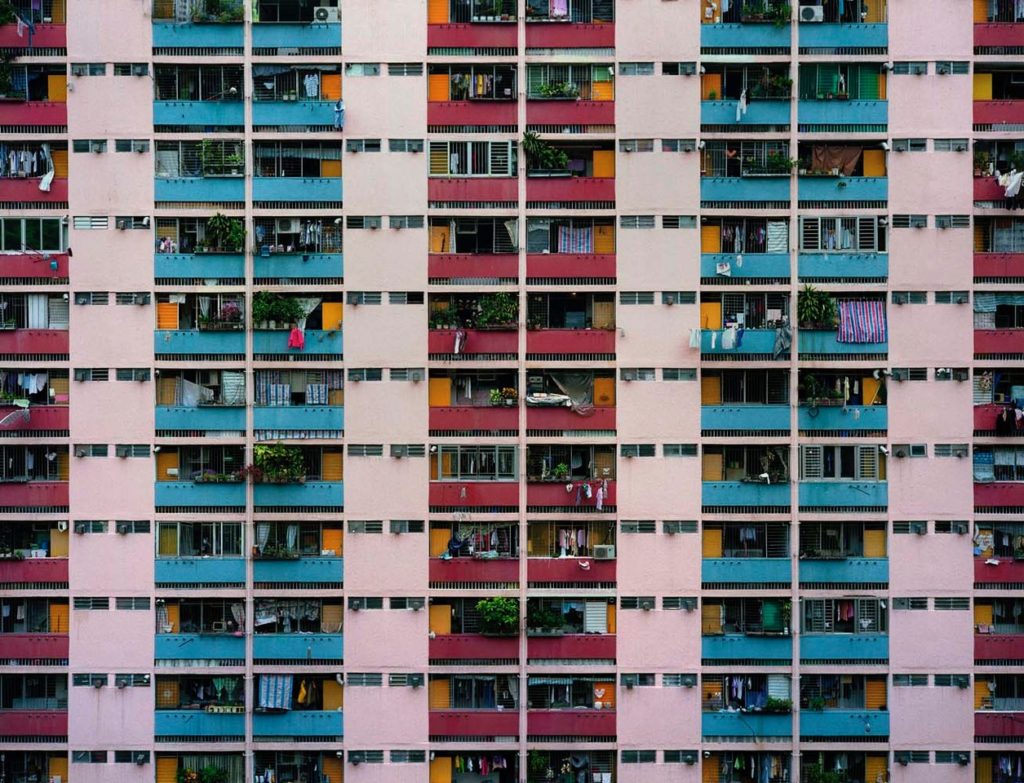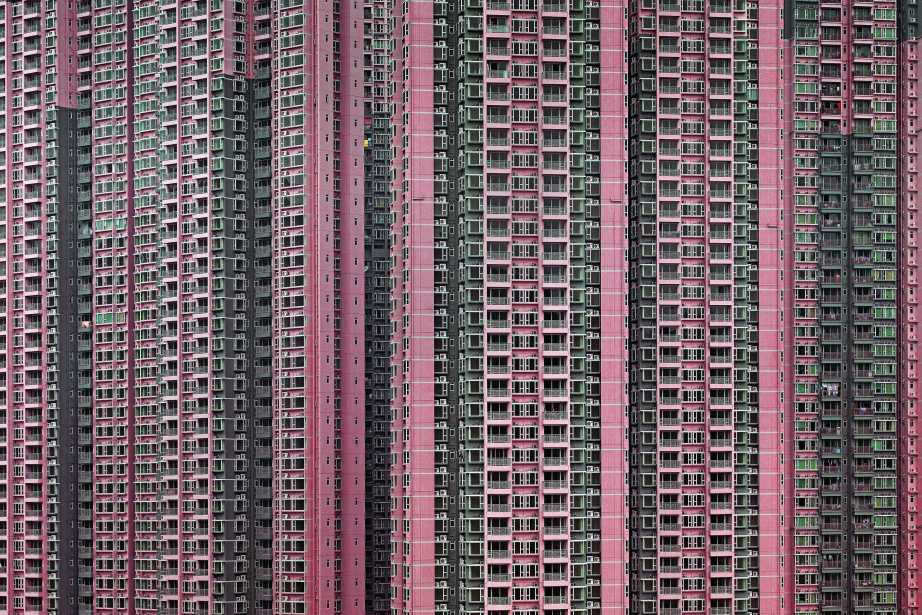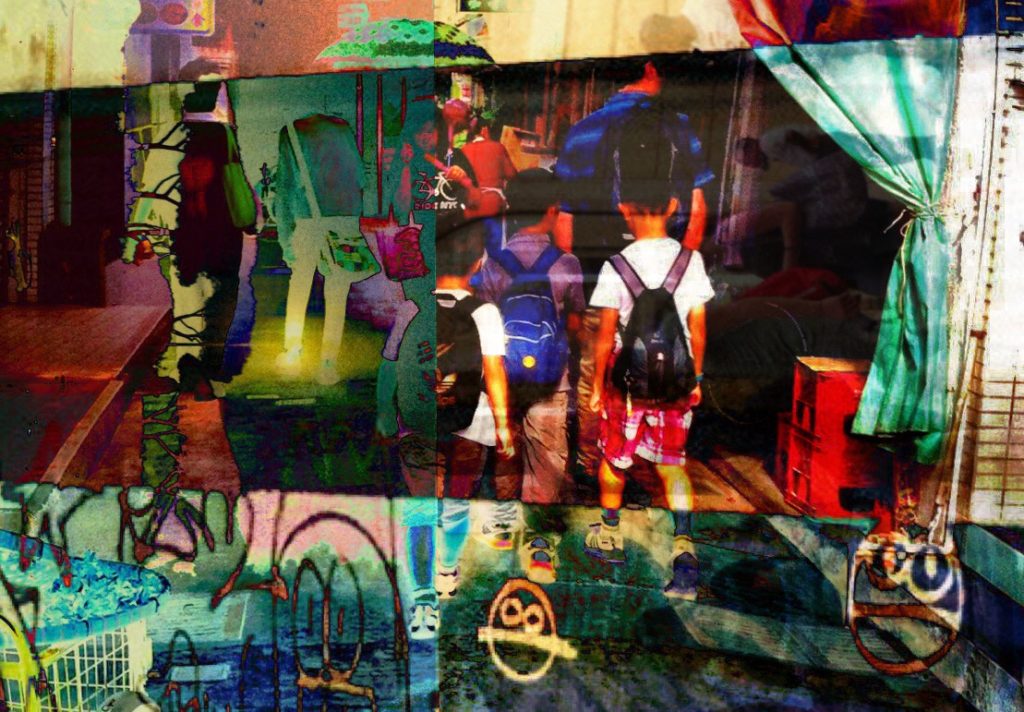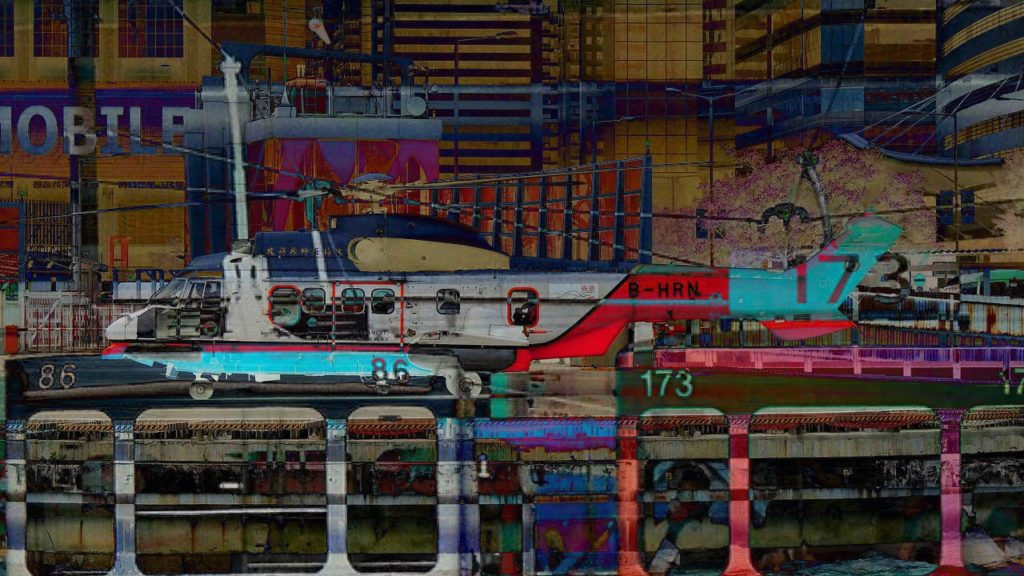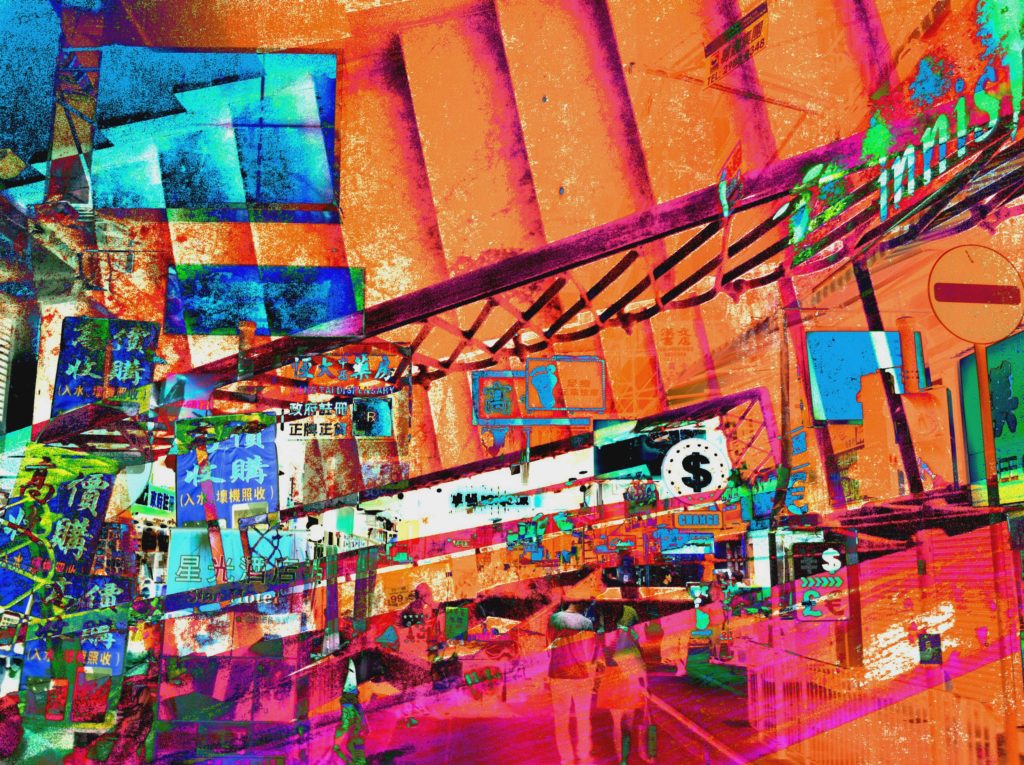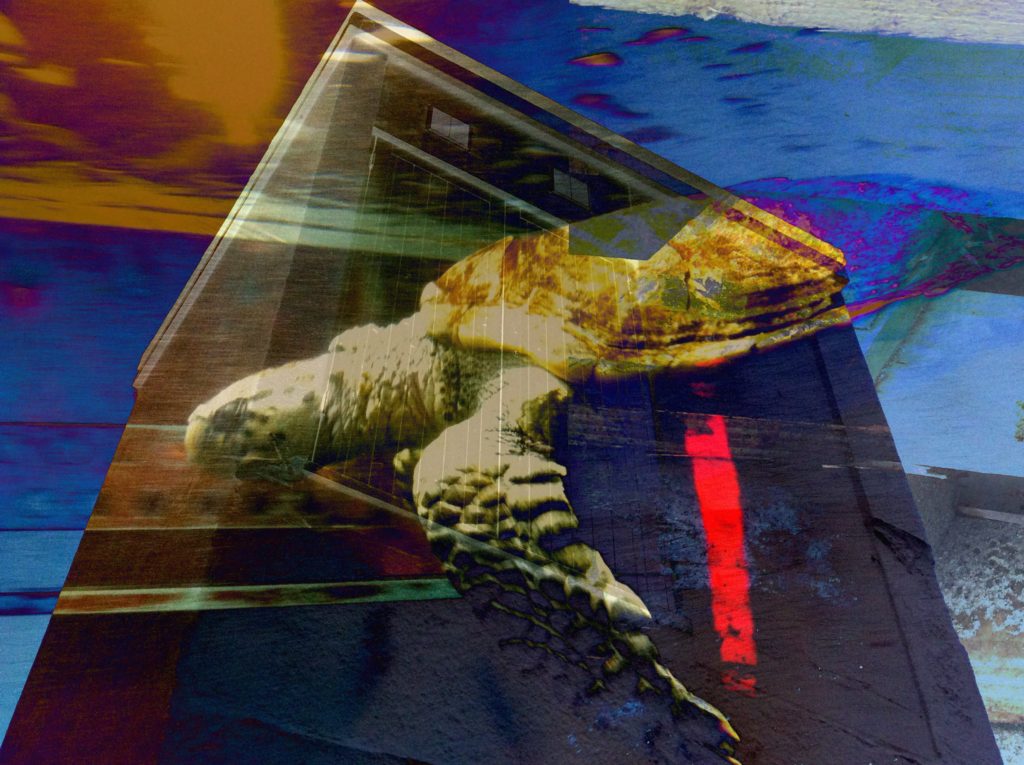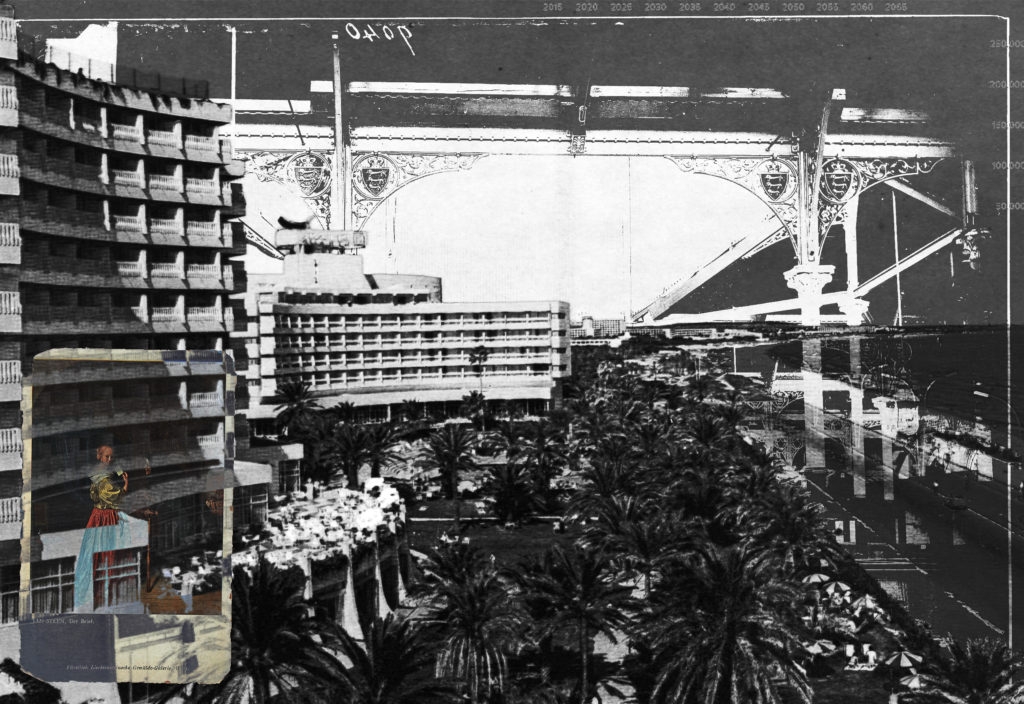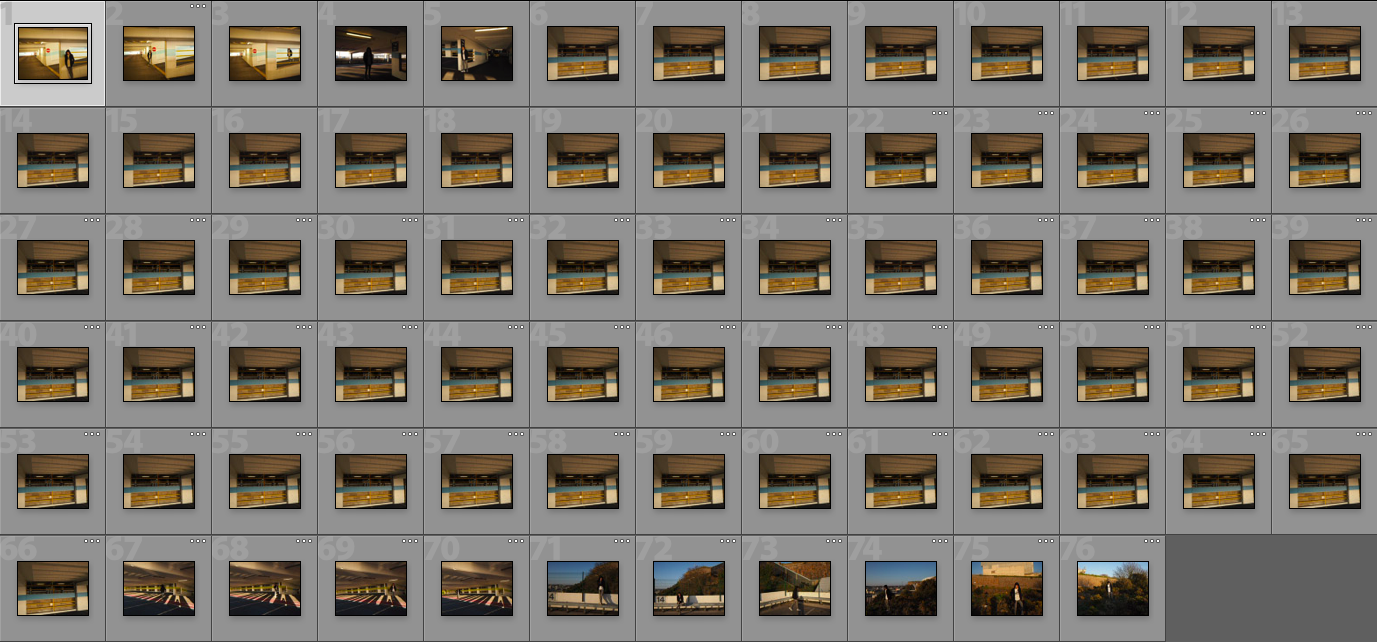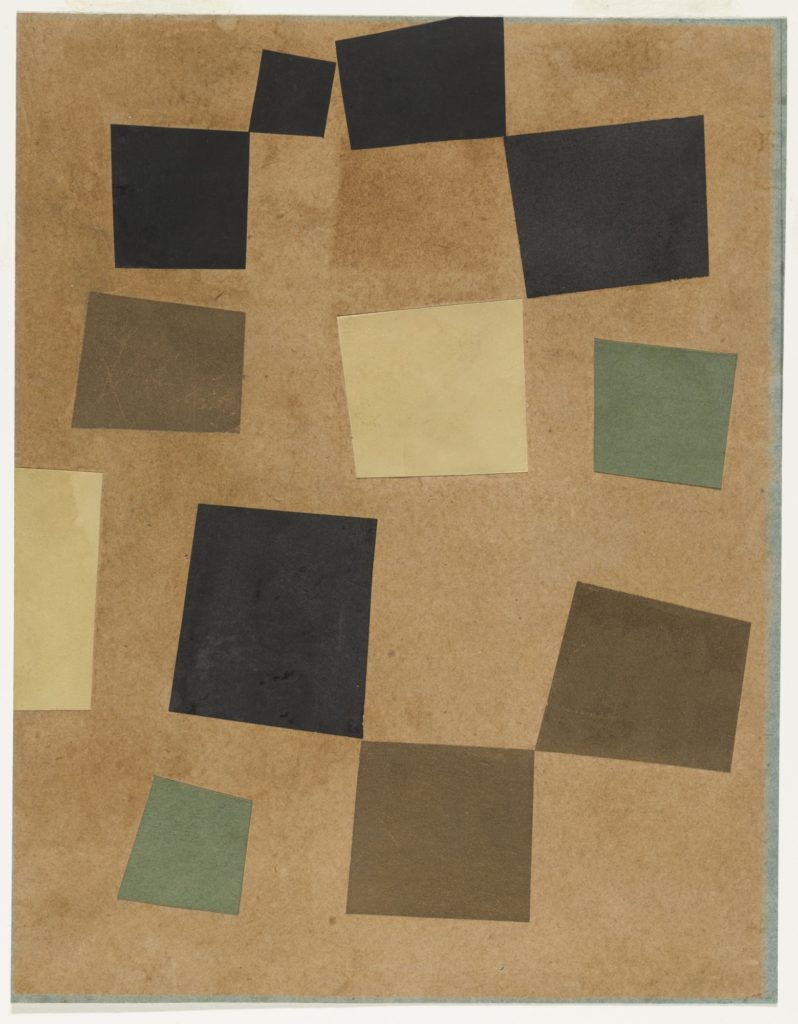He was born in London, started taking photographs as a teenager, and has been involved with photography ever since. In 1979 he set up Science Photo Library, a picture agency specializing in science and medicine. In 2003 he started a new career as a landscape photographer, with a focus on exploring natural change in the world around us. Sea Change, a series taken over 10 years, compares identical views at high and low tide around the coast of Britain. Sea Change won the LensCulture portfolio grand prize in 2011 and has been exhibited in Britain, Italy, Denmark, and the United States.

From 2003 to 2012 Michael Marten traveled to different parts of the British coast to photograph identical views at high and low tide, six or eighteen hours apart. His beautiful and surprising photographs reveal how the twice daily rhythm of ebb and flood can dramatically transform the landscape. This links to my previous studies of the depiction of light and how this can transform a familiar landscape. I have also focused on the sea within this and therefore looking at the sea in another way and the way in which it changes a landscape really appeals to me and connects perfectly for my project.
“I am interested in showing how landscape changes over time through natural processes and cycles. The camera that observes low and high tide side by side enables us to observe simultaneously two moments in time, two states of nature”.
Recent landscape photography often focuses on human shaping of the environment – urbanization, globalization, pollution. Even when critical and committed, this approach can emphasize and glamorize humankind’s power over nature. “I’m interested in rediscovering nature’s own powers: the elemental forces and processes that underlie and shape the planet. The tides are one of these great natural cycles. I hope these photographs will stimulate people’s awareness of natural change, of landscape as dynamic process rather than static image. Attending to earth’s rhythms can help us to reconnect with the fundamentals of our planet, which we ignore at our peril.”
— Michael Marten


“… a sense of threat as well as one of miracle attends Marten’s images. The people who fill his beaches at low tide seem often still to be there at high tide, invisibly in their fixed positions, fatally swallowed by metres of sea.”
– Robert Macfarlane
With one of the fastest moving tides in Jersey I think taking inspiration from Marten’s sea change project will be a very interesting subject matter. It will be especially appealing for local residents to see the dramatic change that they often overlook everyday when driving past. The difference between low and high tide creates a completely different mood similar to lighting which i have previously looked at. With this focus on how a place feels, the mood and atmosphere, as appose to the detail of a certain subject matter I am going down a different route to the stereotypical type of photography.








